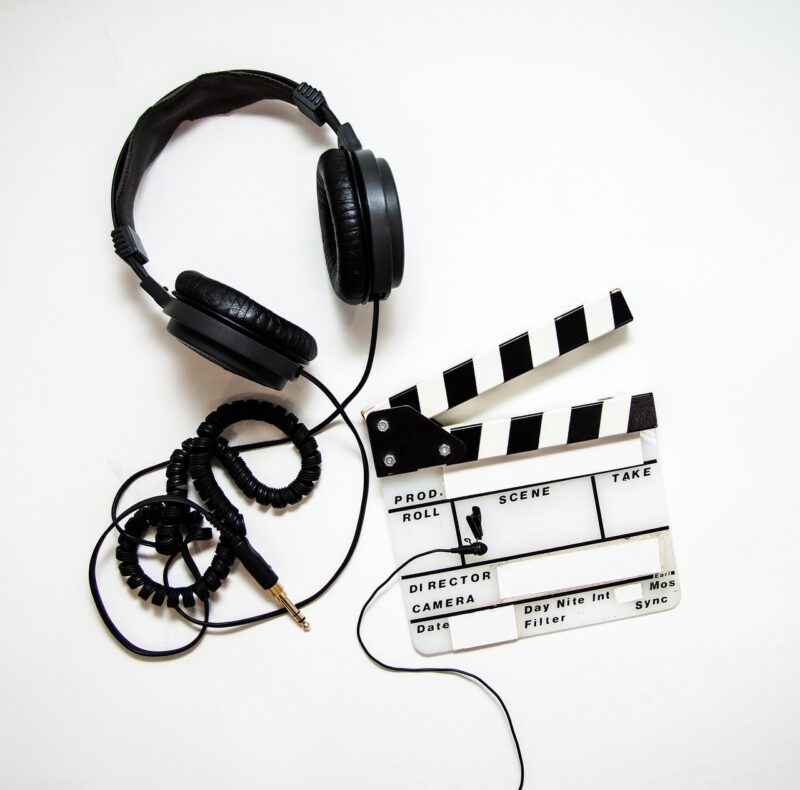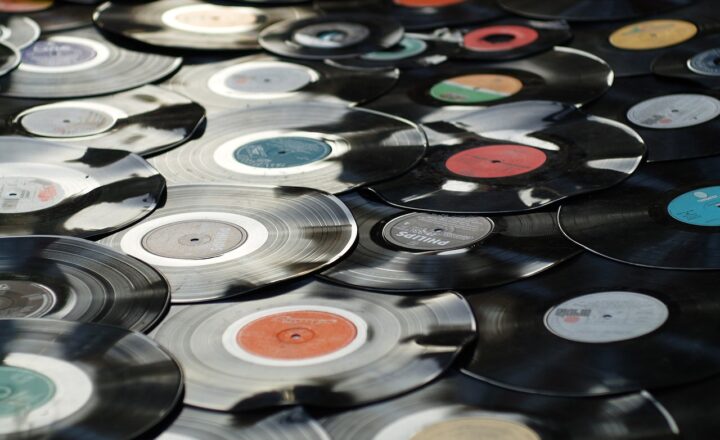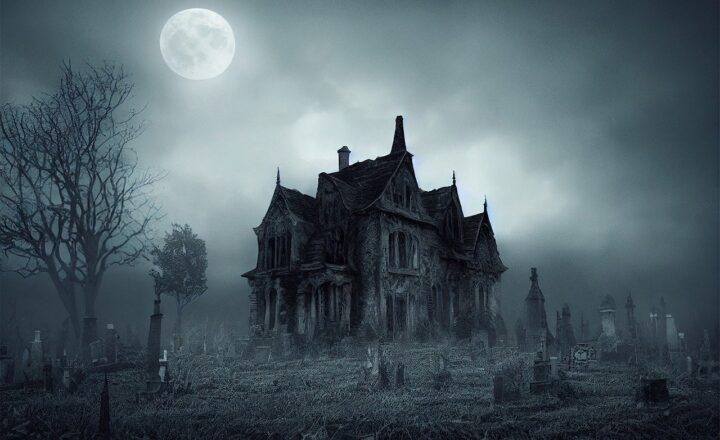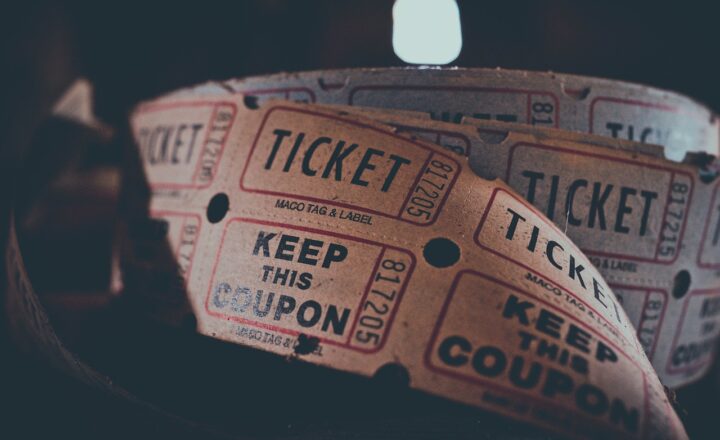The Role of Sound Design in Making Modern Horror Movies Truly Terrifying
November 17, 2024

Horror films have always relied on a myriad of devices to evoke fear, tension, and dread. Among these, sound design stands as one of the most influential elements in crafting an emotional experience that lingers long after viewing. From unsettling ambient noise to the perfect jump scare cue, the intricacies of sound in horror films go beyond mere background music or effects; they play a profound role in how audiences perceive fear.
Understanding Sound Design in Film
Before diving into its impact on horror, it’s crucial to understand what sound design encompasses. Sound design refers to the process of creating soundtracks, sound effects, and audio environments for films. It involves:
- Dialogue Editing: Perfecting the clarity and expression of spoken words in scenes.
- Foley Creation: Producing live sound effects that accompany on-screen actions, such as footsteps or rustling clothes.
- Sound Effects: Crafting non-diegetic sounds like screams, creature roars, or atmospheric sounds that enhance the narrative.
- Music Composition: Writing and arranging the score that sets the emotional tone for scenes.
The perfect marriage of these elements amplifies the horror experience, creating an immersive environment that grips spectators.
1. Building Tension Through Silence
One of the most effective techniques in horror sound design is the use of silence or a lack of sound. In cinema, silence signifies many things—it can signal danger, create suspense, or prepare the audience for something sudden. The abrupt shift from silence to sudden loud noises can induce startling jump scares.
Consider the acclaimed film “A Quiet Place” (2018), where silence reigns due to the characters’ need to avoid sound-sensitive creatures. The film masterfully utilizes silence, guiding the audience through moments of tension where every whisper gleans maximum impact. The audience is carefully conditioned to feel on edge, waiting for something to break the stillness.
2. Creating Atmosphere with Background Noise
Background noise, often overlooked, serves as a crucial tool in sound design for horror films. Ambient sounds like wind howling, distant thunder, rustling leaves, and unsettling echoes transport audiences into the film’s world. These sounds create an eerie foundation, filling the space with an omnipresent sense of dread.
In “Hereditary” (2018), the background noise complements the film’s unsettling visuals. The use of haunting, subtle layers of sound makes spatial awareness ambiguous, placing viewers in a constant state of anxiety. This layering technique creates a rich tapestry of sound that grounds the horror in reality yet feels utterly alien.
3. The Power of Sound Effects in Evoking Fear
Sound effects are pivotal in shaping the tension and terror of horror films. Designers meticulously synchronize sounds with visual cues and actions, enhancing the emotional response from viewers. Sound effects can range from the uncanny knock on a door to horrific screams that echo in the darkness.
An illustrative example is the classic “The Exorcist” (1973). The demonic voice is a chilling sound effect that resonates with audiences, causing many to associate it with the film’s impact. These sound effects, created through innovative techniques, engage the subconscious and leave an imprint that creates lasting fear.
4. Score and Composition: Setting the Emotional Tone
The musical score plays a significant role in establishing the emotional connection viewers have to the horror unfolding on screen. Composers create scores designed to evoke emotional reactions, subtly manipulating what the audience feels at any given time.
Take “The Shining” (1980), where composer Wendy Carlos, along with Rachel Elkind, used haunting melodies intertwined with unsettling soundscapes. The music crescendos and shifts, aligning perfectly with the film’s psychological horror, immersing viewers deep into the unraveling sanity of the characters.
Additionally, the modern trend of using dissonant chords in music amplifies fear and disorientation, inviting discomfort in the audience.
5. The Psychological Impact of Sound Design
A well-crafted sound design does not just influence what is happening on screen; it also taps into the psychological triggers of fear. Audiences are often more susceptible to sound than visuals, meaning intricacies in sound can elicit intense emotional reactions.
For instance, the use of high-pitched tones or sudden drops in frequency can lead to an instinctual dread or anticipation towards forthcoming danger.
Films like “It Follows” (2014) employ this technique effectively by using unsettling music and sound effects that disturb and unsettle throughout the movie. It alters the viewers’ perception of security, planting seeds of dread that stay with them, challenging their idea of safety.
Conclusion: The Indispensable Role of Sound Design in Horror
As modern horror continues to evolve, sound design remains a central pillar that shapes the genre’s ability to terrify. The mastery of silence, background noise, sound effects, and musical scores work hand-in-hand to create a deeply immersive experience that resonates with viewers. The psychological impact of sound design cannot be understated; it pushes boundaries, forcing audiences to confront both their fears and the unknown.
In a nutshell, sound design does not merely amplify horror; it is a vital force in how stories are woven together, reinforcing the emotional undercurrents and anchoring the fear at the core of every chilling tale. As filmmakers continue to harness the potency of sound, horror films will keep evolving, showcasing ever more terrifying experiences that linger in the minds of viewers long after the credits roll.






